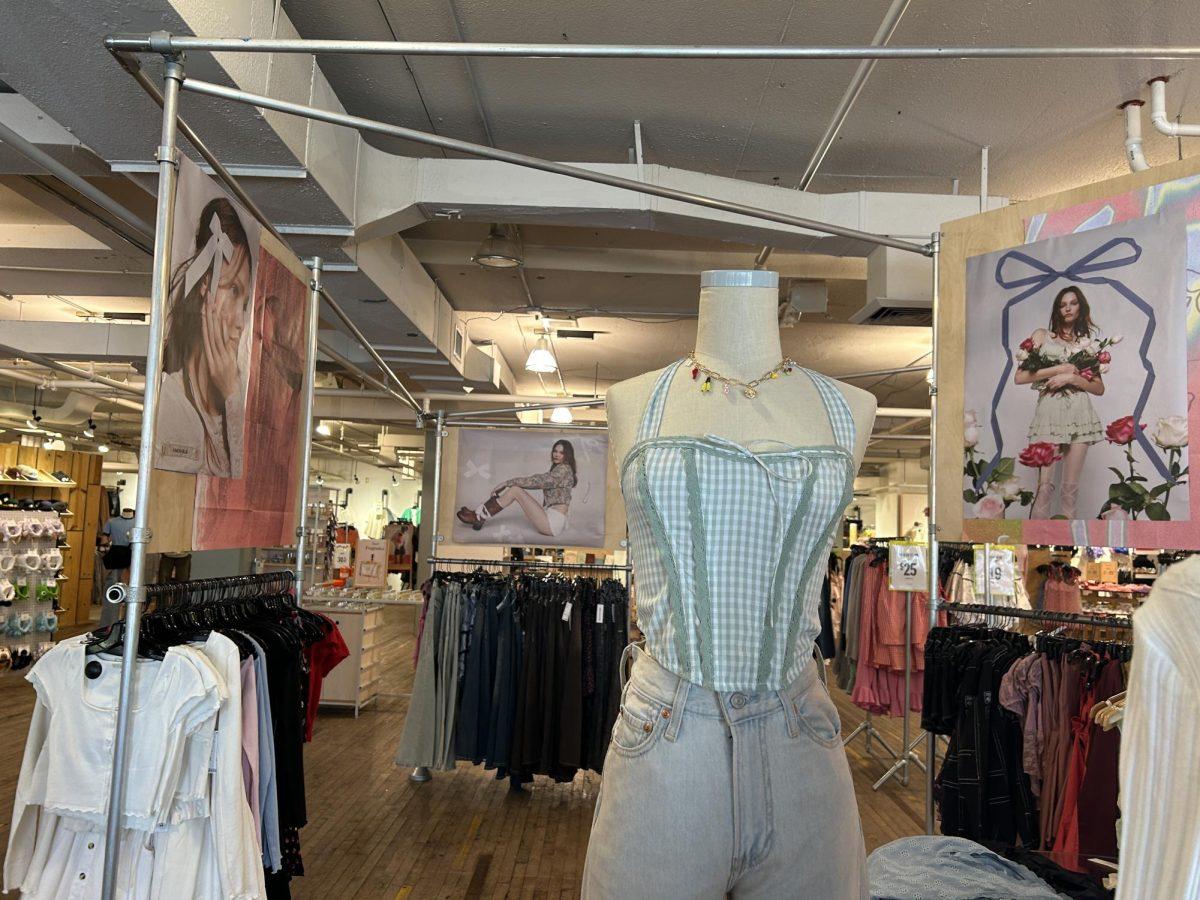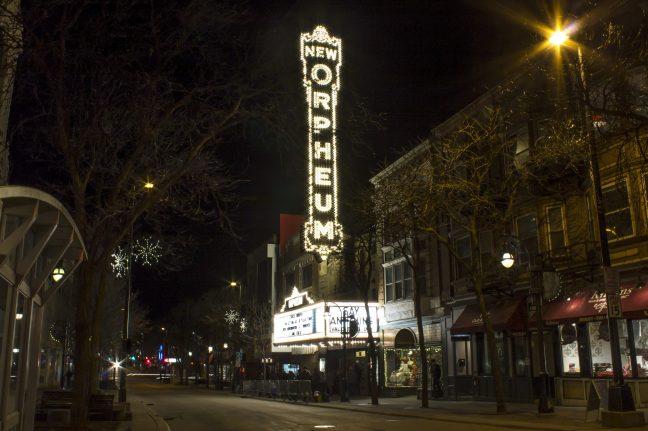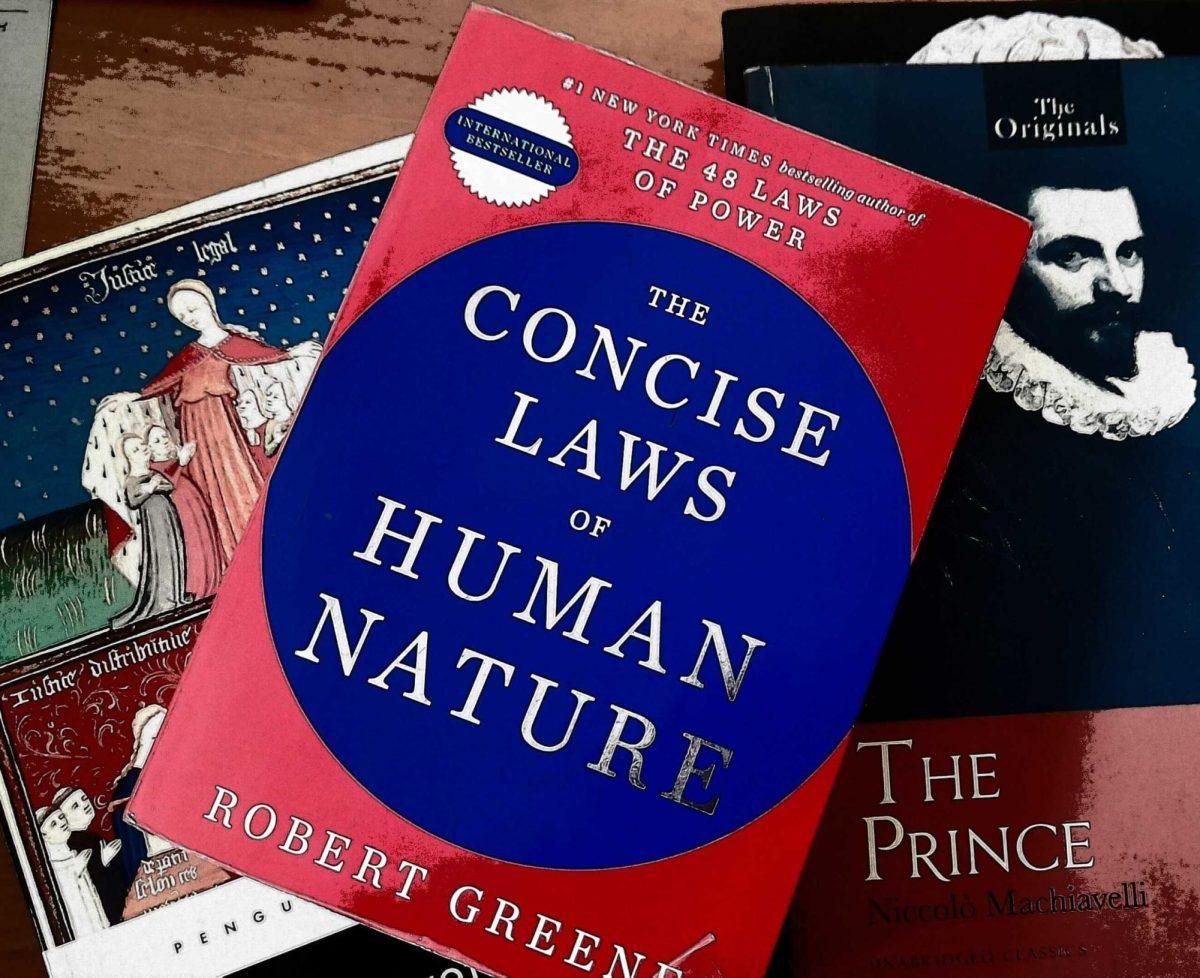In honor of Lit Week, I have a confession to make: I just cannot get on board with e-readers. Call me old-fashioned, but to me an e-book is about as satisfying as fat-free frozen yogurt – close, but just not as good as the real thing.
Sure, you can have an entire library (well, eight gigabytes worth) in one lightweight tablet, and yes, the backlight means you can read in dark places (though your eye doctor wishes you wouldn’t). But e-readers really only solve nonexistent issues while creating new ones.
“They’re so lightweight!” e-reader lovers proclaim. So are paperbacks, I retort. I have never had an issue carrying around a paperback or even a hardcover. If I shelled out for a hardcover, it means I really, really wanted to read it and I’m not going to let a measly extra pound or two deter me. I’m not alone; ask anyone in the always-busy Barnes & Noble if books are too heavy to carry, and they’ll laugh you right out of the store. I dare the bold “books are too heavy” people to show me someone who is actually worse off for carrying a 200+ page book around.
Yet e-reader fans gush over the fact they can carry more than one book at a time with no added weight. But let’s be real: Who reads multiple books at once? The only thing I could see an e-reader being good for is a long vacation where you plan on reading multiple books, but we’ll get to the vacation fallacy later.
An e-reader might be awesome as a substitute chemistry textbook weight-wise, but they have no resale value and no way to highlight passages or take notes in the margins. Nor are they good to throw across the room in a fit of angst during midterms. But even if you really can’t bear to carry more than eight ounces of book, you could probably stand to save a few bucks.
We all know that hardcover books aren’t cheap and that new paperbacks can run to about the equivalent of a 24-pack. But even without production costs, e-books really aren’t that much cheaper. E-versions of bestsellers go for about $10 on Amazon and Barnes & Noble, and once you buy an e-book, the only thing you can do with it is read it on your approved device. Oh yeah, which you have to buy.
If the only way you read books is by purchasing them new, e-books might not be a bad call for you. But if you utilize libraries and secondhand bookstores, you’re spending way more than you have to on e-books. I admit I wax nostalgic on libraries, having grown up within walking distance of the one I frequented, but they really make the most financial and environmental sense.
With a library book, you at most pay a negligible fee to get a library card and tiny fines for late books (for reference, the Madison Public Library charges 25 cents a day for overdue books). You get to read a book for virtually free and give it back when you’re done, thus saving shelf space for all the other books you’ve only read once and saving however many trees it cost to print a new book.
You also get the joy of turning pages, clandestinely dog-earring them when you know you shouldn’t and closing the back cover with conviction when you’ve finished the book. If the book doesn’t prove finish-worthy, you have to option to bring it right back without paying for a book you didn’t like. With e-books, you pay a non-refundable $10 to read a book once and have it take up memory on your $100ish device.
Even if you don’t do libraries, secondhand bookstores can save money and give that nose-in-the-air “I read” vibe to your bookshelf. If you want cheap, head to Half Price Books, but if you want prestige, Paul’s Books and other hole-in-the wall bookstores scattered across the U.S. are bound to carry at least one tattered copy of “The Catcher in the Rye” and a substantial Russian lit section.
Secondhand books are decorative, cheap and give that je ne sais quoi to your book collection. You can throw them in a bag, read them wherever, fold the pages to your heart’s delight and read the annotations their previous owner’s felt compelled to make. You can throw them on a coffee table or pretend to read them in Starbucks. With an e-reader, all people see is a tablet and your “library” is but a heap of files.
But perhaps you want a book to be more than a prop (gasp!). Perhaps you do want to read on-the-go or on vacation and think an e-reader is the convenient answer. Sure, if convenience involves remembering to charge a battery or having access to an outlet when you’ve forgotten to.
Real books don’t run on batteries; they’re always available and will never tell you you have 10 pages left before they render themselves unreadable. Nor will a flight attendant ever tell you not to read your book during takeoff or landing or scold you when you try to.
Real books also are incredibly hard to break. You may crack the spine but not the screen; you can tear a page but not the software. They will not malfunction if they get sand in them, and they will not prove useless should they get roughed up in baggage. In short, they will always be there for you – unless you go Wicked Witch of the West on them, and in that case, they too melt.
So call me old-fashioned, but I cannot be persuaded that e-books are superior to the original, nostalgia or no nostalgia. On this Lit Week, if at no other time, set that e-reader down and give real books a chance: The analog version just might woo you.






















